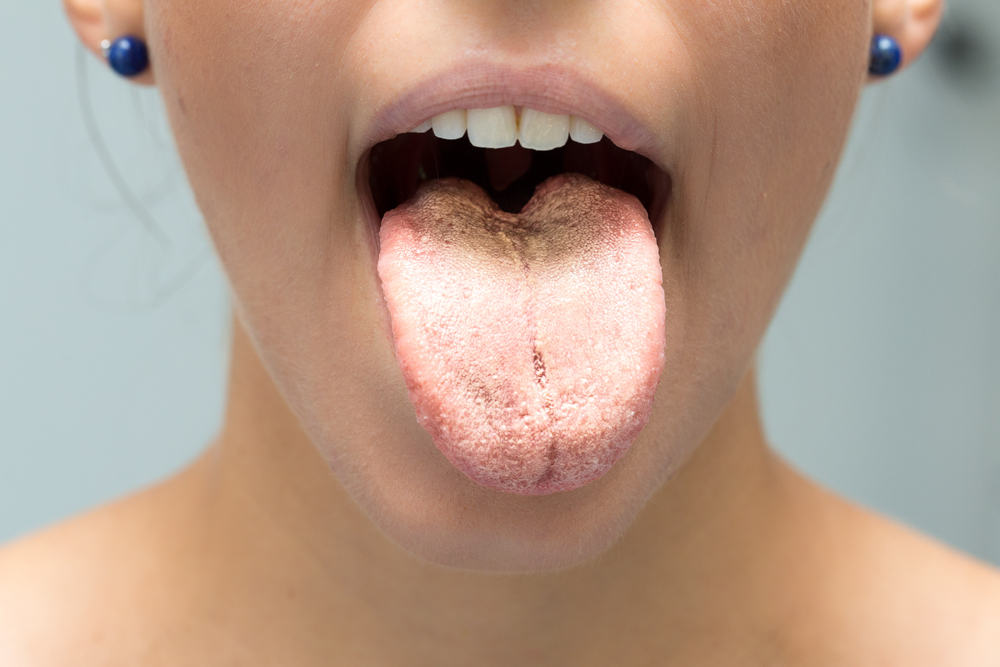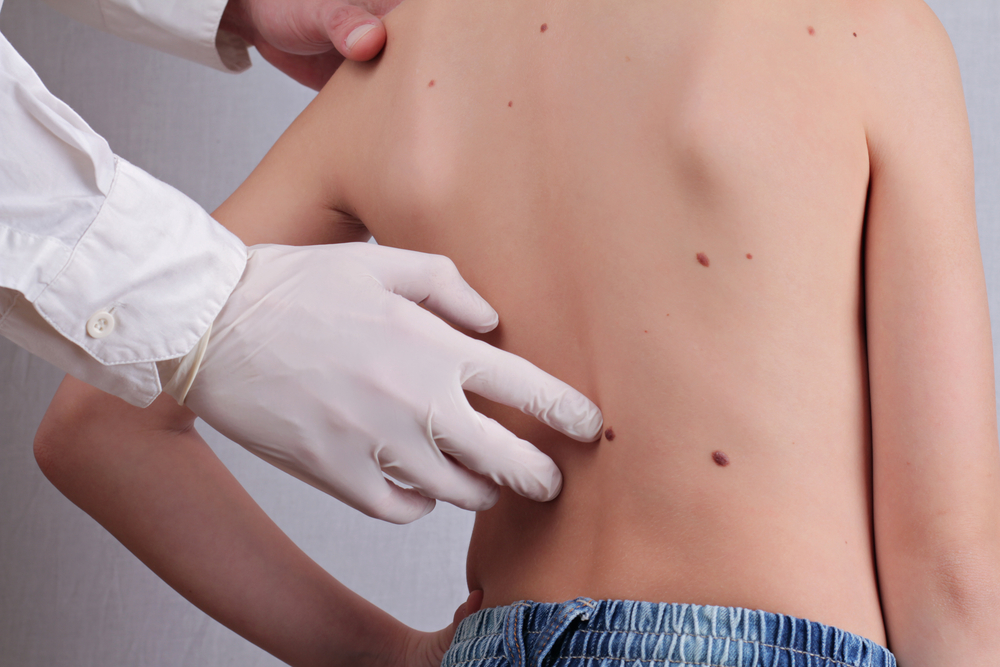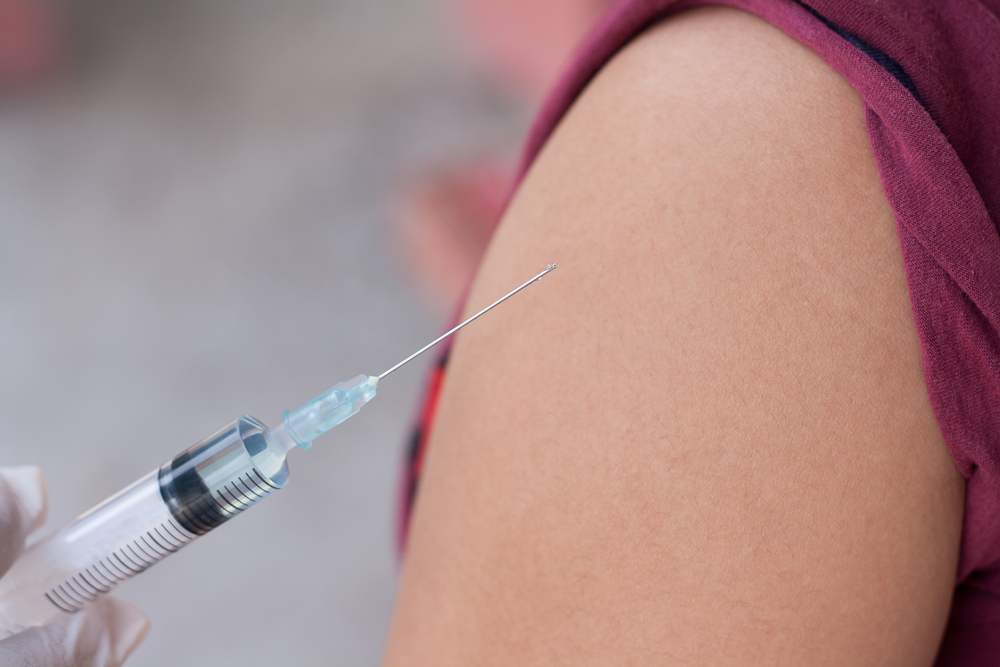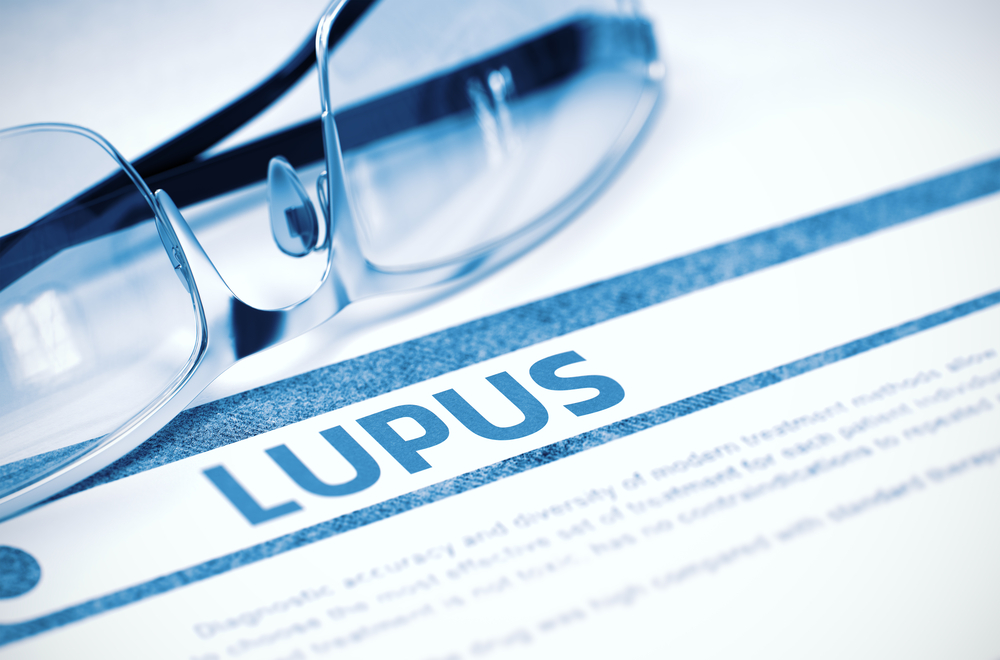- The most common source of yeast infections of the face is Candida albicans, a species of fungus that normally resides in the mouth, skin, and gut.
- Candidiasis infection occurs when the Candida fungus is allowed to overgrow — in the face, this may cause oral thrush or perleche.
- Candidiasis is generally treated with antifungal medications, although a number of over-the-counter treatments can help control it as well.
According to the Centers for Disease Control and Prevention, there are more than 150 species of the yeast Candida. However, only 15 of them can infect humans. The most common species that causes infections on the face is Candida albicans (C. albicans).
C. albicans resides in the mouth, the skin, and the digestive tract. Normally, the bacteria that live in and on the human body keep it from proliferating and causing problems.
However, there are some situations in which the environment is right for this yeast to overgrow, resulting in a yeast infection known as candidiasis.
Two types of candidiasis commonly affect the face: oral thrush and perleche.
What is oral thrush?
Oral thrush is a yeast infection of the tissues inside the mouth. It is characterized by creamy white or yellow patches on the tongue, gums, and the inside of the cheeks.
In severe cases, the roof of the mouth and the throat may also be involved. These lesions can be scraped off with a finger, but they may be painful and cause bleeding.
Oral thrush is not uncommon in otherwise healthy children and is usually not a cause for concern. However, in adults, it may be a sign of a weakened immune system.
Causes
Oral thrush is caused by the Candida species C. albicans. A small amount of C. albicans is present in the mouths of healthy people. Certain circumstances increase vulnerability to oral thrush:
- Having a condition that weakens the immune system, such as HIV, cancer, or diabetes
- Being deficient in the mineral zinc
- Taking medications that reduce the natural flora and fauna that protect the body from fungal overgrowth, such as antibiotic therapy or chemotherapy
Symptoms
In addition to the lesions described above, the symptoms of oral thrush include the following:
- The sores have a cottage-cheese consistency
- Inflammation (redness and pain that may interfere with eating or swallowing)
- Feeling as though the mouth is full of cotton
- Taste loss
- Irritation and pain under dentures, if worn
Treatment
Doctors usually treat oral thrush with antifungal medications that the patient must use for a period of 7 to 14 days. These medications may include:
- Nystatin, usually in the form of a mouthwash that the patient must use to rinse the inside of the mouth and then swallow
- Clotrimazole lozenge, held in the mouth until it dissolves
- Fluconazole (Diflucan) pills
Perleche (angular cheilitis)
Perleche is a yeast infection of the oral commissures characterized by sores and cracking at the corners of the lips. It can occur on one or both sides of the mouth.
Perleche occurs most often when the corners of a person’s mouth are frequently wet, such as in people who wear braces, have ill-fitting dentures, or who often lick their lips.
It is also common in people with sagging skin around the mouth as a result of age or weight loss.
Symptoms
These are the most common symptoms of perleche:
- At one or both corners of the lips there may be sores that crack and bleed
- The lips may feel dry, uncomfortable, and may burn
- There may be a bad taste in the mouth
- It may be difficult to eat because opening the mouth is painful
- The tissue may also become soft
- The corners of the lips may become red and scaly
Causes
Like thrush, perleche is caused by the overgrowth of C. albicans. Perleche and thrush may occur together. Also like thrush, having a compromised immune system or a dearth of beneficial bacteria, due to antibiotics or chemotherapy, increases the risks of infection.
It is thought that the environment for a candida overgrowth is present when saliva accumulates in the corners of the mouth.
When it dries, saliva can crack the skin, which encourages one to frequently lick the affected area to soothe dryness.
Licking adds more saliva, rendering the oral commissures moist for a prolonged period. This creates the perfect opportunity for C. albicans to multiply and flourish.
Treatment
Antifungal creams are the treatment of choice for this type of yeast infection. They may include the following:
- Nystatin
- Ketoconazole
- Clotrimazole
- Miconazole
Additionally, the doctor may prescribe a topical corticosteroid such as triamcinolone or hydrocortisone to be used in conjunction with the antifungals.
Facial yeast infections and diabetes
People with diabetes commonly get fungal infections such as oral thrush and perleche because fungi like C. albicans use glucose for energy.
Since diabetics have too much blood sugar in their systems, this excess allows the fungus to thrive.
Diabetes also weakens the immune system — another reason for the higher incidence of candidal infections in diabetics.
Home and over-the-counter treatments
There are some at-home and over-the-counter remedies that can help with yeast infections, but it’s always wise to consult with your doctor before attempting to treat a facial C. albicans infection yourself.
Additionally, since some people may be allergic to some substances, such as coconut or tea tree oil, it’s recommended that you perform a patch test first.
To perform a patch test, use a cotton swab to apply a small amount to your skin in a spot that is normally hidden, such as behind your ear or at the nape of your neck. Wait a day or two (24–48 hours) to see if you react. If you have no reaction, like inflamed or reddened skin, then you may proceed with treatment.
Monistat (over-the-counter miconazole)
Monistat is sold over-the-counter as a remedy for vaginal yeast infections and cutaneous candidiasis, a yeast infection of the skin commonly occurring in the armpits and groin.
Applying it to the corners of the mouth may also help with perleche.
Zinc
In certain cases, zinc supplementation will alleviate the symptoms of Candida infections of the face.
As a necessary mineral for proper immune system functioning, zinc may help the body to fight off candida overgrowth.
Oral zinc supplementation have also been shown to speed the healing of diaper rash, another common candidal skin infection. Therefore, it may be beneficial in combating similar infections.
Coconut oil
Coconut oil is a natural microbe killer, including bacteria and fungi.
Applying some coconut oil topically to the affected skin will not only help to control candida overgrowth but will also act as a potent moisturizer, which can help to heal the dry and cracked skin of perleche.
Tea tree oil
Tea tree oil is known for its antimicrobial and antibacterial properties.
A 2006 review study indicates that tea tree oil is effective against C. albicans, the main pathogen in thrush and perleche.
For thrush, combine tea tree oil with coconut oil to create a mouthwash. Do not swallow. For perleche, apply tea tree oil to the corners of the lips.
» For more information on treating facial fungal infections, meet our medical review team.









